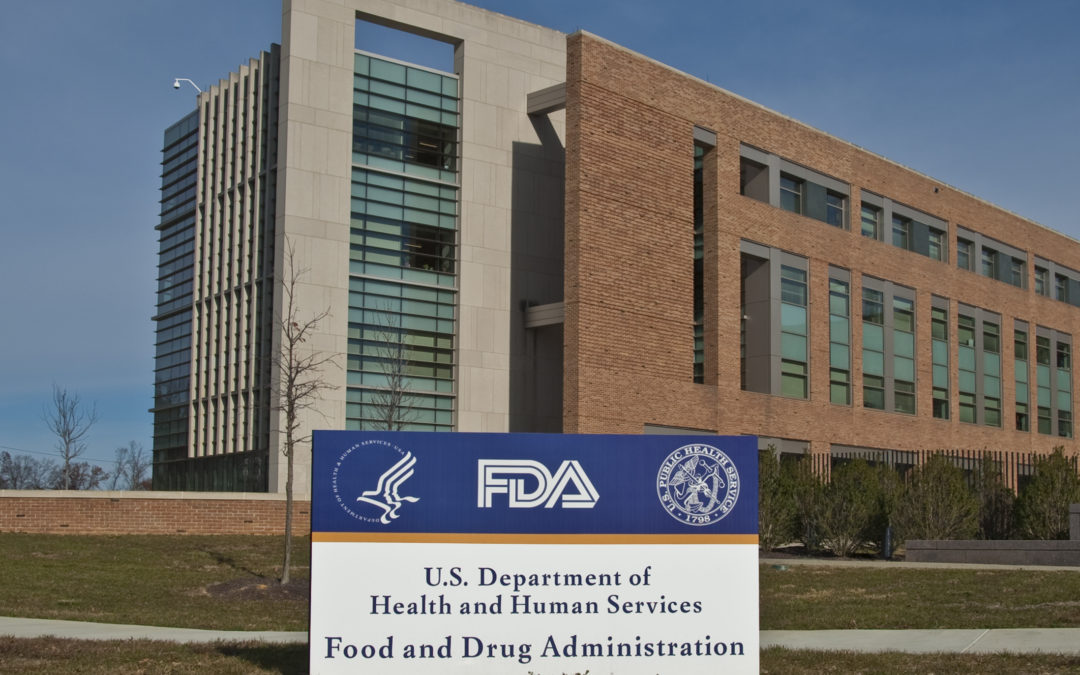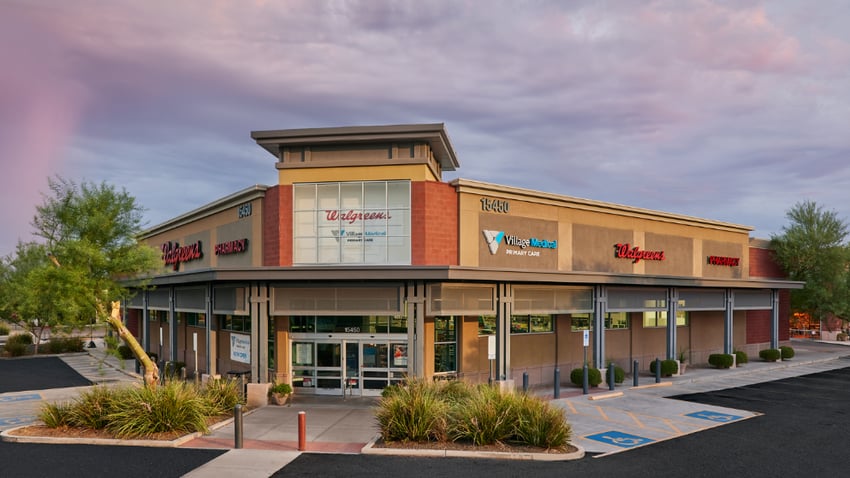
By Doug Oliver: 
I’m very positive about the future role of FDA in ensuring that stem cell and related therapies are safe and effective. And, because of that, I believe now is the appointed time for both patients AND therapy providers to be intentional in helping to rewire their own perspectives and consider what it might be like to work WITH the FDA. In a few days, I’ll have the pleasure of meeting with Dr. Peter Marks, MD, and Ph.D. Director of the Center for Biologics Evaluation and Research (CBER) at FDA, and Dr. Celia Witten, MD, and Ph.D. Director of CBER’s Office of Cellular, Tissue and Gene Therapy.
For me, the inspiration for the visit came from a helpful conversation I had with one of their scientists, who, in explaining their progress in translating the provisions of the 21st Century Cures Act into operational definitions, mentioned that it has been a challenge to quantify “patient experience”. It was then that I realized there is both a need and a willingness by FDA to engage stem cell providers to share and gather information from the trenches to help them better carry out the mandate delivered to them by the Cures Act. I also realized that as a patient, I have a lot of help to offer. Dr.’s Marks and Witten have no obligation, and probably no time to meet with me, but they are, for which I am grateful. Such an inclusive response is meaningful to any patient.
“Ultimately, and regardless of which topics get discussed, we all need to recognize that the openness, reciprocity, and inclusive policy of supporting innovators, is now their mandate.”
Maybe more so for someone like me. I am sure they are aware of my story, and my history of having one of those proverbial “unapproved”, “unproven”, “unregulated” (I call them “not yet approved”, “not yet proven”, and “currently unregulated”) stem cell treatments. One that worked, and restored my vision. I asked to meet with Dr. Marks and Dr. Witten. I didn’t hold out much hope that it would happen. My decisions, as right as they were for me in the context of my life, along with my status as a “patient advocate” would make it difficult for them to take me seriously. It might be too much of a “relationshift”. Still, I was persistent, but polite, and was just about to throw in the towel, when I received the invitation to meet.
Why did they say, “Yes.”? A quote from an email I received from Dr. Francis Collins, Director of NIH may answer my question in part. Speaking specifically about the challenges we face in constructing a unified effort in regenerative medicine, he put it simply, but elegantly…”It’s our common humanity and shared goals that will ultimately allow us to put aside our differences…” That’s the way I hope my time together with Dr.’s Marks and Witten unfolds. It’s such a rich opportunity to let scientific curiosity and mutuality divert dogma and handily dismiss fear mongering. We have an amazing list of topics to talk about, but we’ll only hit a few:
- Personal hopes and goals for cell therapy patients
- Personal goals for clinics.
- Quantifying stem cell “patient experience”
- Behavioral research to keep patients safe
- Supporting a “Patient Ambassador” model
- Patient access from retrofitting approval models
- My upcoming work with the National Federation of State Medical Boards in helping them establish first steps in the process of Self-Regulation for stem cell practitioners
- Patient-Facing Regenerative Medicine Registry Design
- Direct Patient Involvement In Draft Guidances
- RMAT Disease Qualifications and Patient Position
- Breakthrough Treatments and Small Group Access
- IRB Certification and Patient Advisory Panel
Ultimately, and regardless of which topics get discussed, we all need to recognize that the openness, reciprocity, and inclusive policy of supporting innovators, is now their mandate. I suspect the ethos will be easy to internalize on the part of individuals at FDA. They, like everybody, have someone they care for that could benefit greatly from an emerging, effective treatment. I believe their “relationshift” is genuine; it’s only just beginning to show. It’s time to begin engaging FDA in their efforts to guide regenerative medicine into a safe and prosperous future.
I’ve seen Senators cry and been asked privately by chairmen of pharmaceutical companies if the treatment I had might work for their loved one. It’s a common occurrence, and I’m never surprised. I am also convinced that it’s the shared goal that helps to make a paradigm shift such as what we are now experiencing with regenerative medicine to happen more smoothly. From what I have experienced, heard, and observed in talking to hundreds of patients, dozens of providers, and multiple of policy makers, that cooperation, mutuality, and common commitment to work with each other is not only possible now in ways it has never been, it’s wanted badly on all sides.
****
Doug Oliver, Founder and Chair of The Regenerative Outcomes Foundation in Nashville, TN, was legally blind for 10 years, and had his sight restored after autologous stem cell therapy in 2015. He has since inspired millions with his story of emerging hope in regenerative medicine, and helped Senator Lamar Alexander craft key patient provisions included in the 21st Century Cures Act, which passed with historic bipartisan support, and was signed into law in December 2016.



